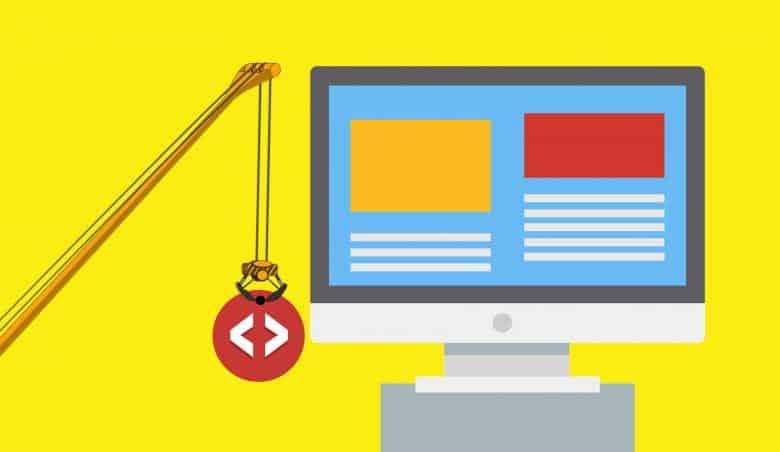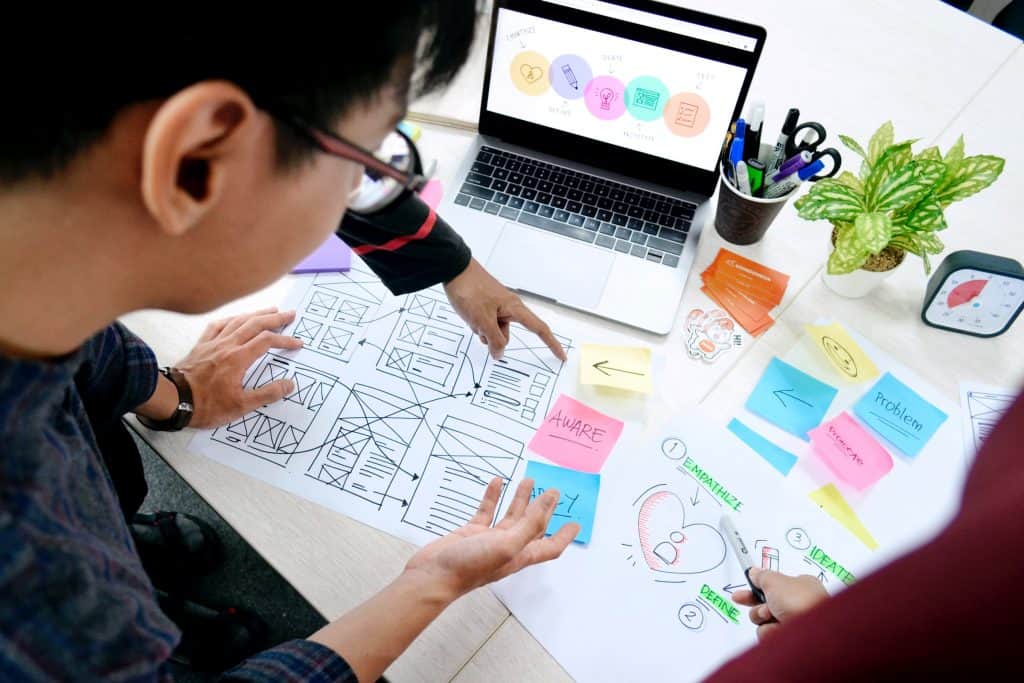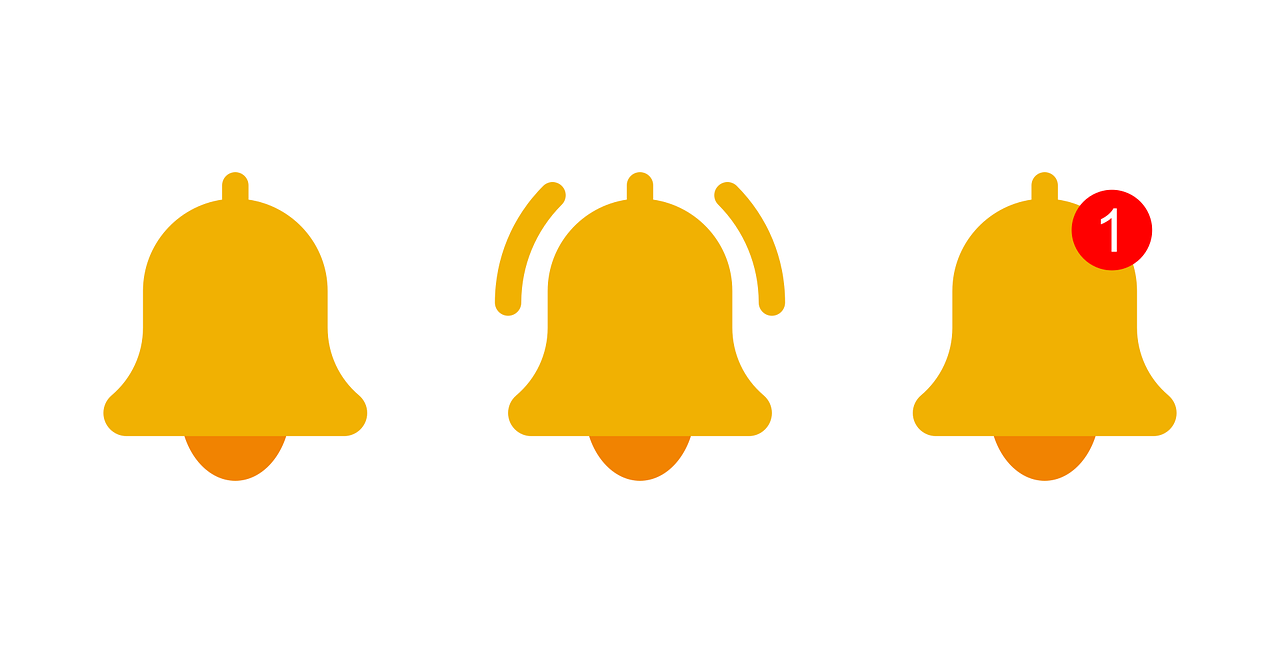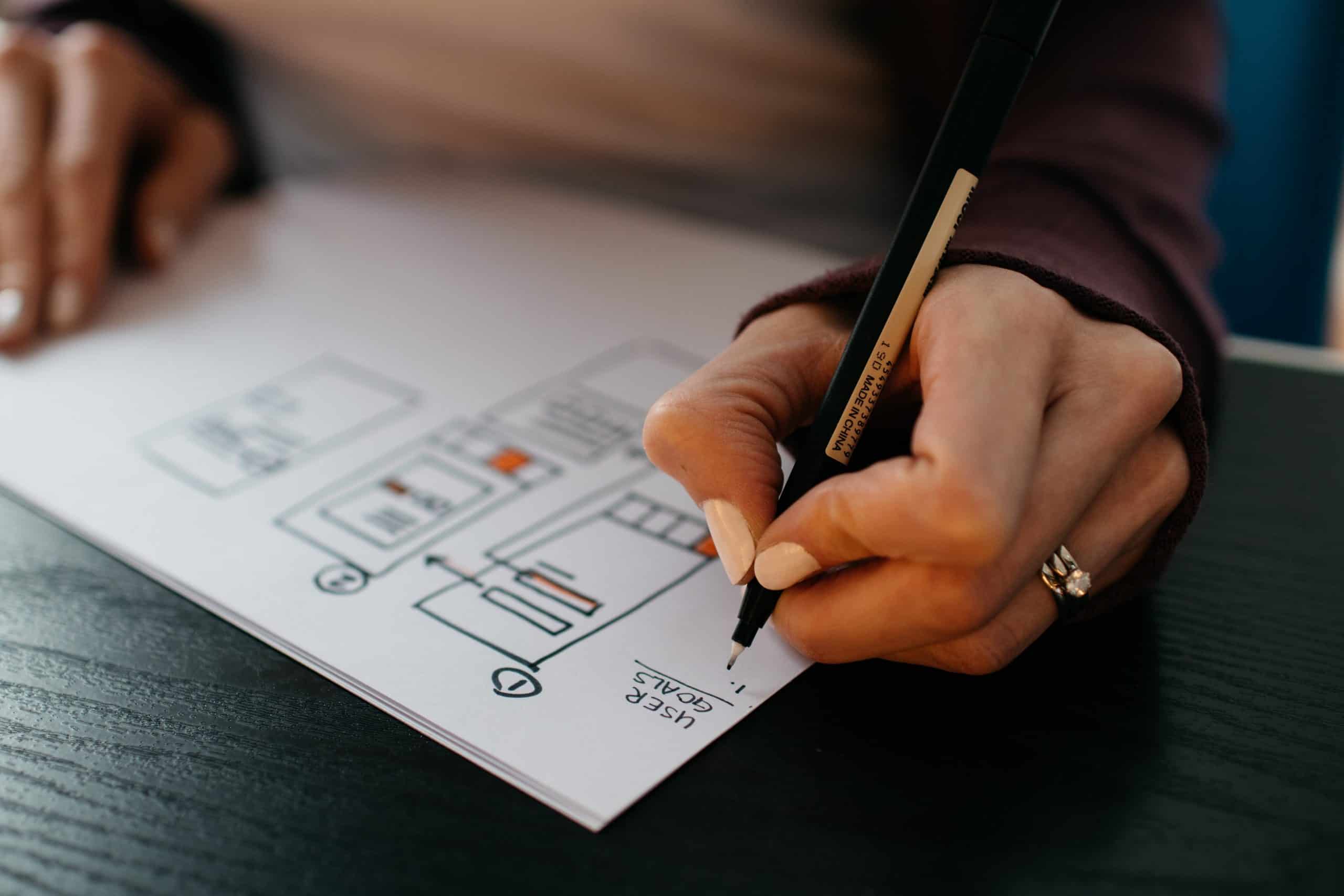More and more companies are realizing the value of developing user experience (UX), which is a rapidly expanding field. It’s not enough to simply understand design principles and trends to truly succeed in UX design. You should also possess a thorough understanding of how user behavior and motivation are influenced by human psychology.
In this blog post, we will discuss UX psychology and what you need to know to design a positive user experience.
Part 1: Understanding User Behavior
The cornerstone of UX design is understating user behavior. Even the most stunning and cutting-edge product can fail if it doesn’t adapt to how users behave. UX designers should consider the following when designing for user behavior.
1. Users have short attention spans, so if they can’t find what they’re looking for right away despite having access to so much information, they quickly move on. To avoid causing users to become frustrated, keep your interface straightforward and simple to use.
2. Users prefer consistency because it makes it easier for them to interact with your product when design elements like font, color, and layout are consistent. A sense of trust in your brand is also fostered by this familiarity.
3. Users are motivated by their emotions, even though they may believe they are acting rationally. Create positive experiences and establish a connection with users using emotional design.
Part 2: Understanding User Motivation
User motivation is what persuades users to use your product. You can develop a product that not only satisfies users’ needs but also keeps them coming back by understanding what drives users.
Here are considerations UX designers should take into account:
- Users want to feel as though they have accomplished something, whether it be finishing a task or achieving an objective. Use feedback and reward to give users a sense of accomplishment.
- Users are looking for products that simplify their lives in order to save time and effort. To ensure that users can finish tasks quickly and easily, design with efficiency and simplicity in mind.
- Users want to believe they are in charge of their experience. Allow users to personalize their interactions with your product and experience.

Part 3: Applying Psychology to UX Design
How can you apply psychology to UX design now that you are more familiar with user behavior and motivation? Here are some suggestions:
1. Conduct user research to better understand the motivation and behavior of your users. To learn more, conduct user interviews and surveys, examine user data, and track user behavior.
2. Utilize personas. Your target users are represented by fictitious characters. You can better understand the requirements, actions, and motivations of your users by developing personas.
3. Concentrate on user flows because they are how customers navigate your product in order to accomplish a task. You can find areas where you can make the user experience better by mapping out user flows.
4. Utilize emotional design. Emotional design is the process of evoking users’ emotions through the use of design elements. You can establish a connection with users and enhance the overall experience by evoking positive feelings like joy, trust, or surprise.
5. UX design is an iterative process, so test it out. Real users can be used to test your design, and you can use their feedback to improve.
Takeaway
To create a successful user experience, it is crucial to comprehend the psychology of user motivation and behavior. You can design products that not only satisfy user needs but also keep them coming back by keeping these principles in mind.
To develop a UX design that truly understands and is effective, conduct user research, employ personas, concentrate on user flows, use emotional design, and test and iterate.



